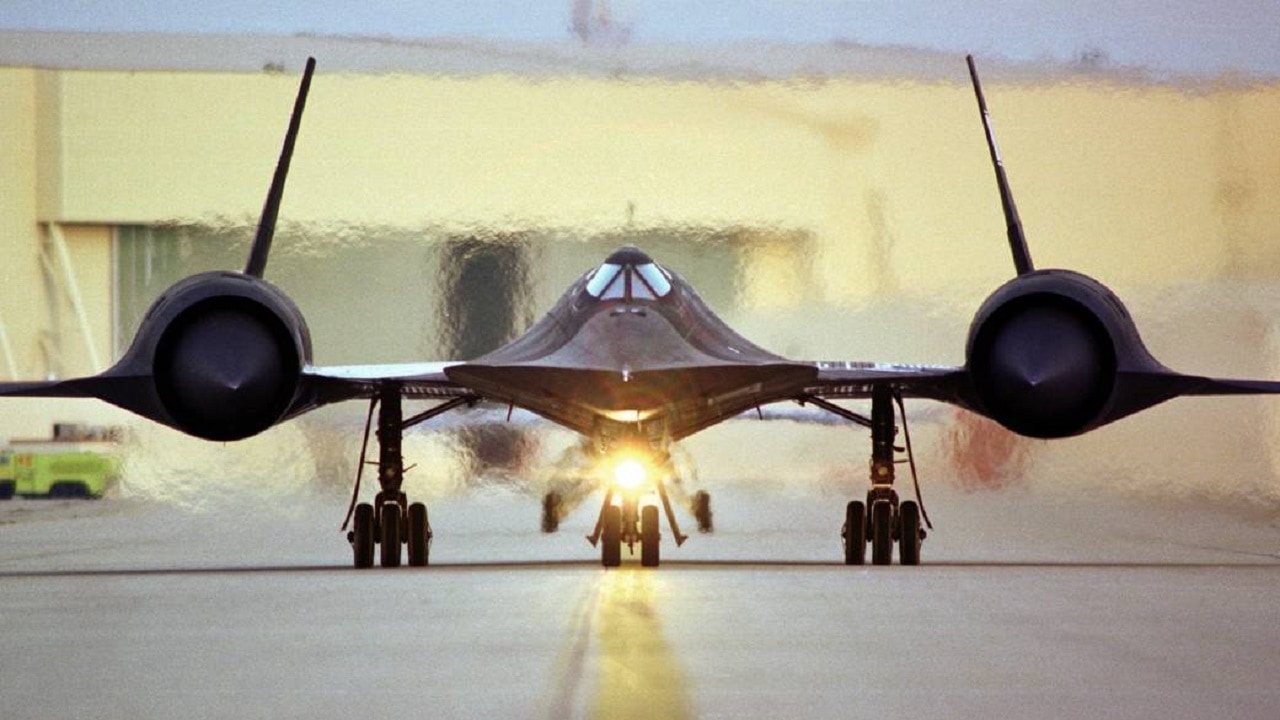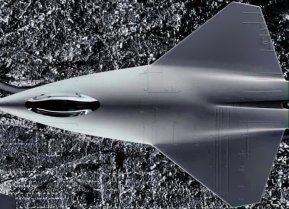Lockheed SR-71 Blackbird: The World's Fastest Plane Rots in a Museum
The SR-71 Blackbird, capable of cruising at speeds exceeding Mach 3.2, was the fastest air-breathing manned aircraft ever to serve operationally.
Summary and Key Points You Need to Know: The SR-71 Blackbird, capable of cruising at speeds exceeding Mach 3.2, was the fastest air-breathing manned aircraft ever to serve operationally.
-Despite its unmatched performance, it was retired in 1990 due to high operating costs and concerns over its survivability against advanced Soviet and Russian air defenses, such as the SA-10 Grumble and MiG-31 Foxhounds.
-The Air Force resisted congressional attempts to revive the program in the 1990s, citing the high maintenance and operational costs of the small specialized fleet.
-The SR-71 cost up to $200,000 per hour to operate, partly due to its unique fuel, JP-7, which required specialized handling and tankers.
From Mach 3 Speeds to Retirement: The Untold Story of the SR-71 Blackbird
Capable of cruising at speeds in excess of Mach 3.2, the Lockheed SR-71 Blackbird was the fastest air-breathing manned aircraft to ever to see operational service. But even though its performance has never been matched, the SR-71 was retired as the Cold War drew to a close.
The Blackbird was initially retired in 1990, even before the fall of the Soviet Union. Eventually, however, three of the jets were reactivated by the Air Force—at the insistence of Congress—for a brief period between 1995 and 1998. Meanwhile, NASA flew research missions with the aircraft until 1999. In the end, the Blackbird was retired without a true replacement. But why?
Ultimately, while the SR-71 delivered unparalleled performance, it was its operating costs that condemned the Blackbird to early retirement. Moreover, the U.S. Air Force had doubts about the aircraft’s survivability versus a new generation of Soviet (and later Russian) air defenses and interceptors—like the SA-10 Grumble (and other advanced S-300 derivatives) and MiG-31 Foxhounds. In fact, the Air Force actively resisted congressional attempts to revive the program during the 1990s because of those very reasons.
As the Los Angeles Times reported in 1989,
“The Air Force decision to retire the Blackbirds in 1990 is based on several factors. In congressional testimony, Air Force Chief of Staff Gen. Larry D. Welch identified the increased survivability of reconnaissance satellites, SR-71 vulnerability to the Soviet SAM-5 surface-to-air missile and the cost of maintaining the SR-71 fleet. The cost factor is the most significant to the Air Force because it limits expenditures in other areas. Reagan Administration Air Force Secretary Edward C. Aldridge Jr. estimated that the money used to operate the SR-71 fleet could operate and maintain two tactical fighter wings.”
Indeed, by some accounts, the SR-71 cost as much as $200,000 per hour to operate when all of its ancillary expenses were factored in. Part of that cost stemmed from the fact that it was a small specialized fleet. Because of the small number of jets built—thirty-two—and its unique design, the SR-71 was a maintenance hog. It also required a specialized logistical train—particularly for its exotic fuel—which cost $18,000 per hour in 1989 dollars.
The SR-71’s JP-7 fuel—which also had to be carried onboard specialized KC-135Q tankers to refuel the Blackbird—was designed to be a safe, high-flashpoint fuel that would not vaporize or blow up under extreme heat and pressure. It had such low volatility that one could supposedly extinguish a match in a puddle of JP-7. But that also meant that the fuel was difficult to ignite using the convention systems, which meant Lockheed had to develop a triethylborane-based chemical ignition system for the SR-71’s engines—adding to the jet’s complexity and maintenance costs.

As the Air Force’s budgets declined toward the end of the Cold War, the service could no longer justify keeping the expensive SR-71 in its inventory—especially as new threats started to emerge. The service expected that a combination of satellites and other technical means would replace the venerable jet.


